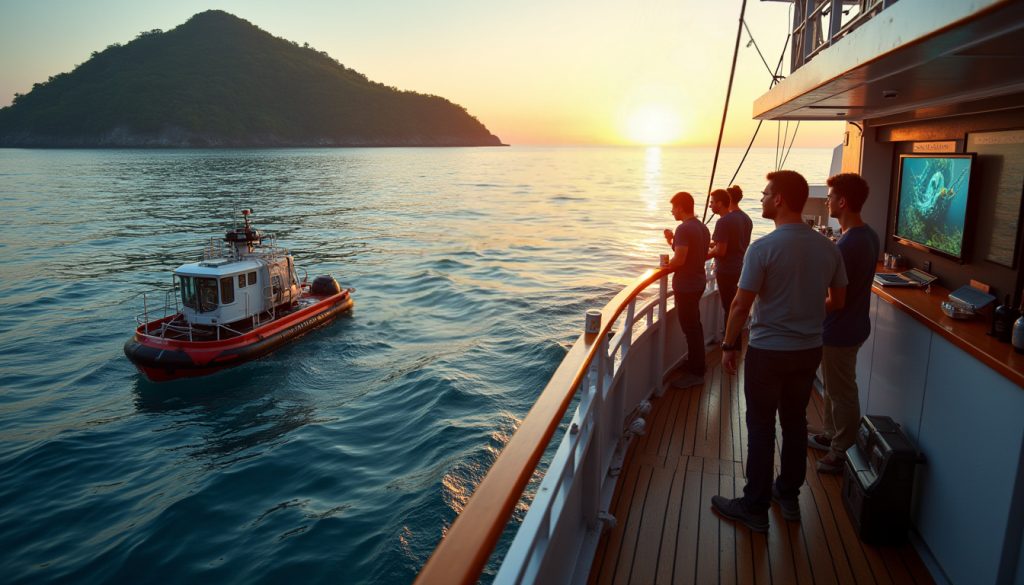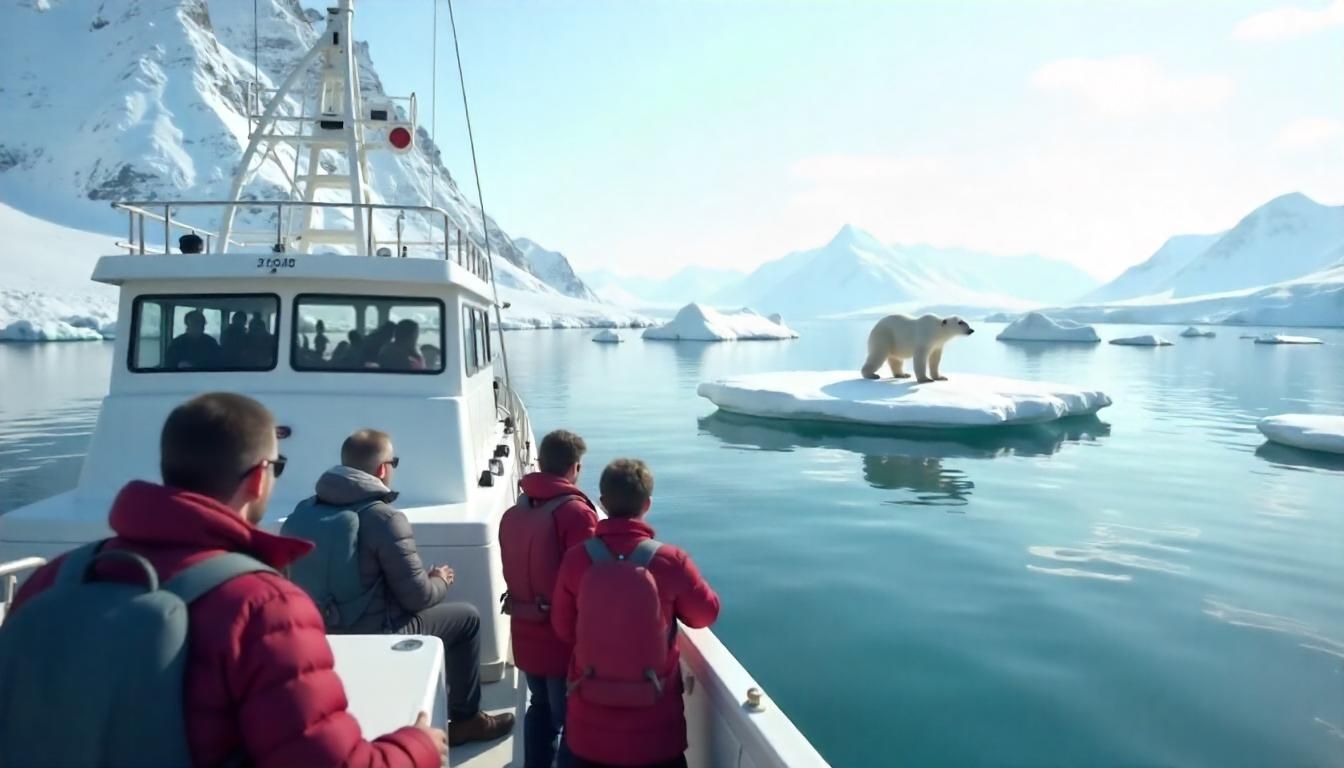Research yachts transform scientific expeditions in 2025. They blend luxury with advanced tools for marine studies. Scientists use them to explore oceans and study wildlife. These vessels reach remote areas easily. They help map uncharted waters and monitor climate change. This article explores how these yachts support science. We’ll cover their projects, technology, and key destinations.
How Research Yachts Advance Science
These vessels boost ocean studies significantly. They reach remote spots like shallow reefs. Scientists access areas larger ships can’t. Many use hybrid systems. This reduces their environmental impact. They also allow quick plan changes. Researchers can follow new leads fast. This flexibility makes them essential for science.
Marine Biology Projects at Sea
Studying Ocean Ecosystems with Research Yachts
Specialized yachts excel in marine biology studies. Scientists monitor coral bleaching in reefs. They deploy divers to collect samples. Submersibles explore deep waters. Researchers observe creatures like giant squid. These vessels support detailed marine life studies. They contribute to global conservation efforts.
Climate Change Studies on the Water
Monitoring Oceans for Climate Insights
Research yachts aid climate change studies. They carry sensors for ocean data. Scientists measure temperature and salinity. They also track carbon dioxide levels. Yachts deploy buoys for long-term data. This helps study global warming effects. Researchers learn about melting ice and fish shifts.
Top Destinations for Scientific Expeditions
Arctic Expeditions for Polar Research
The Arctic suits scientific vessels perfectly. Scientists study polar ecosystems there. They monitor polar bear populations. Yachts collect water samples for microplastics. The remote Arctic benefits from vessel mobility. These boats operate independently for weeks. They provide a stable research platform.
Pacific Ocean Adventures in Deep-Sea Exploration
The Pacific Ocean offers deep-sea exploration. Scientists study hydrothermal vents. They deploy ROVs to film unique ecosystems. Researchers observe tube worms near vents. Remote Pacific islands host isolated species. Yachts help scientists reach these spots. They uncover new ocean biodiversity insights.
Technology for Ocean Research
Sensors and Labs for Scientific Work
Research yachts carry advanced technology. Onboard labs analyze samples instantly. Scientists study water chemistry and plankton. Vessels have sensors for ocean data. They measure temperature and currents. This setup ensures high-quality data collection. Researchers don’t need to return to shore.

Submersibles and Drones for Exploration
Submersibles and drones expand research capabilities. Scientists use manned submersibles for deep dives. They observe ecosystems at 1,000 meters. Drones survey the ocean surface. They track marine mammals and map reefs. Sonar systems map the seafloor. These tools help scientists make discoveries.
Planning Scientific Expeditions
Teamwork on Research Yachts
Expeditions need teamwork on these vessels. Captains navigate to research spots. The crew helps deploy equipment. Scientists ensure boats have proper tools. They might need a wet lab. Good communication keeps expeditions smooth. This maximizes scientific results.
Timing Research Trips
Timing matters for research expeditions. Scientists study whale migrations in winter. They schedule trips from December to April. Logistics in remote areas need planning. Vessels require enough fuel and supplies. Bad weather needs extra time in plans. Proper timing ensures research success.
Challenges in Marine Research
Navigating Tough Environments
Harsh environments challenge scientific vessels. Icy Arctic waters can be tricky. Captains need skill to navigate. Boats should have ice-class certification. Advanced systems like radar help. Crews must train for emergencies. This reduces risks in tough conditions.
Sustainable Practices in Ocean Studies
Balancing research with sustainability is key. Boats operate in sensitive ecosystems. Scientists avoid damaging coral or wildlife. They reduce engine use near habitats. Many vessels use solar panels. Hybrid engines lower carbon footprints. Sustainable practices protect the ocean.
Funding Scientific Projects
Chartering research yachts can be costly. A month in the Arctic costs $150,000. A Pacific trip might start at $50,000. Costs include crew and equipment. Scientists apply for grants to fund projects. They partner with universities or conservation groups. Crowdfunding also helps raise funds.
Conclusion: Research Yachts Shape Science
Research yachts redefine scientific projects in 2025. They explore ecosystems in the Galápagos and Arctic. Advanced technology drives their discoveries. Careful planning ensures success. These vessels help us understand oceans better. They also promote sustainable research. Join a research expedition to support marine science.


